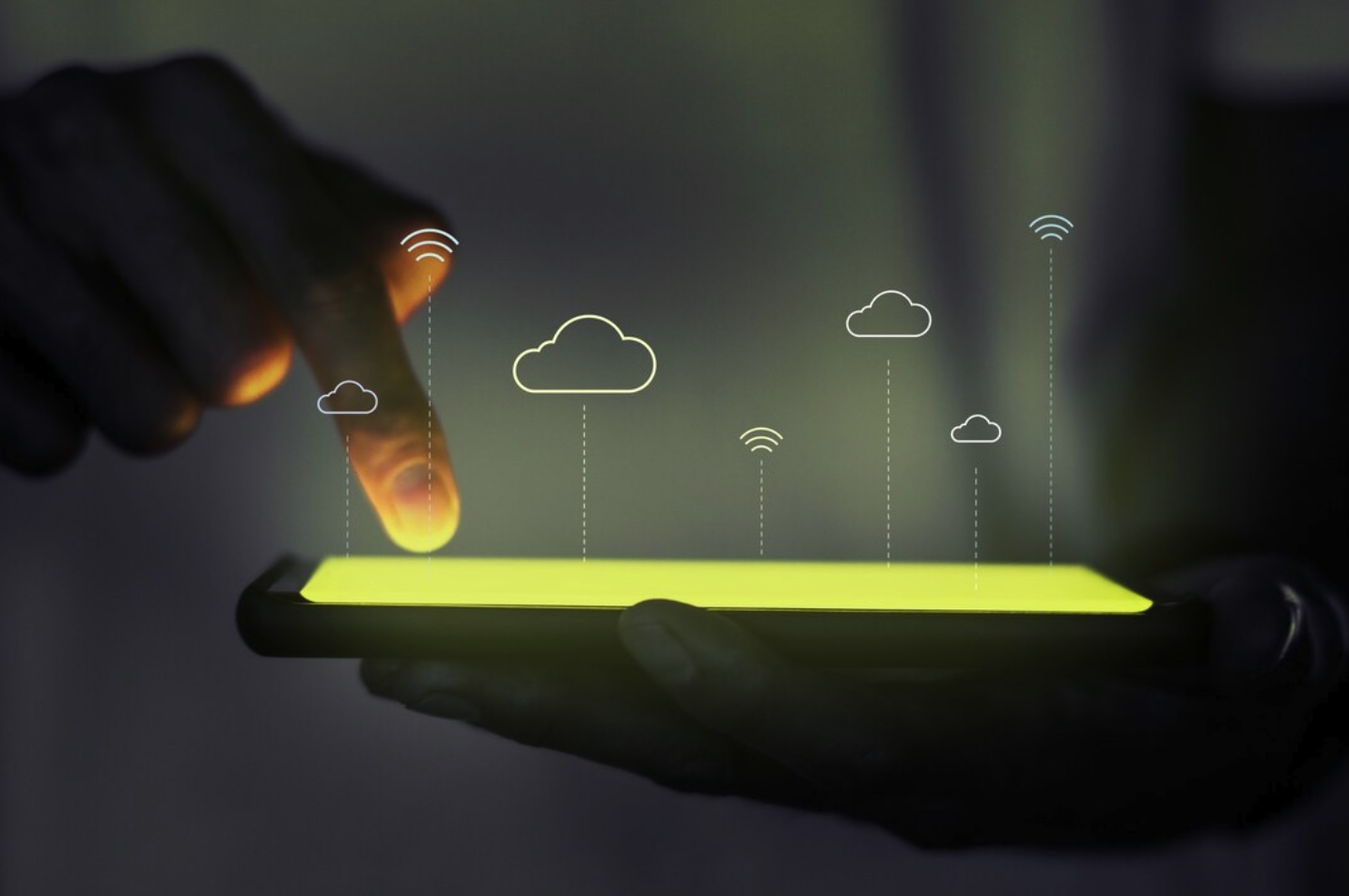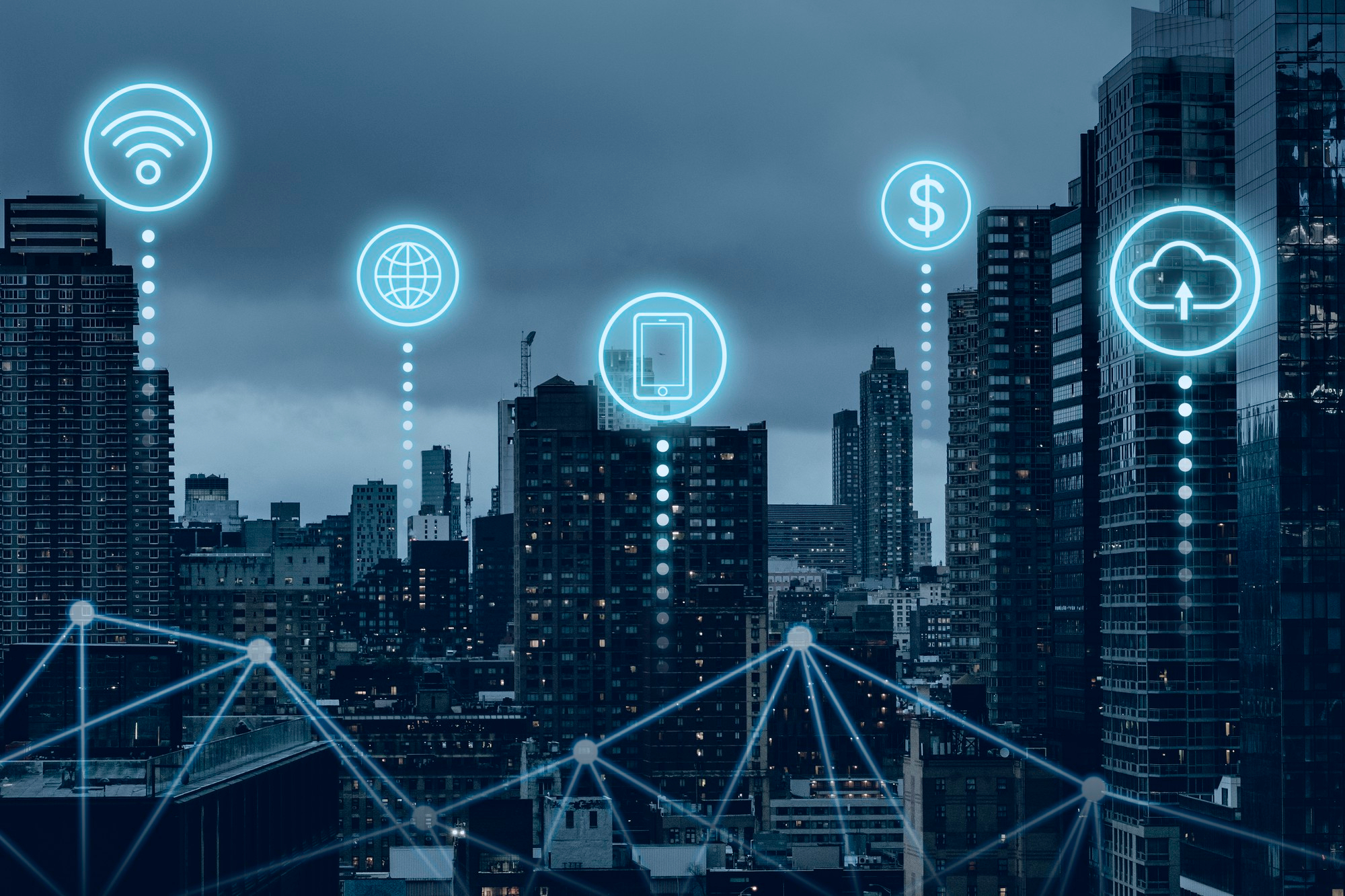Flutter faces inherent challenges in replicating Apple's "Liquid Glass" UI, primarily stemming from its distinct rendering architecture. This architectural choice, while offering cross-platform consistency, creates hurdles when attempting to integrate deeply with OS-level visual effects.
Flutter's Rendering Architecture Problem
Flutter's rendering architecture problem is fundamental. Unlike native iOS applications that directly utilize UIKit or SwiftUI, Flutter renders its entire UI on a custom canvas using its Skia or Impeller rendering engine. Apple's 'Liquid Glass' effects, however, are deeply reliant on native iOS graphics layers such as Core Animation and Metal shaders for dynamic blur and parallax effects. Because Flutter cannot directly access these native layers, applications implemented with Flutter may appear "flat" or visually outdated compared to native iOS applications. This highlights a fundamental architectural trade-off: Flutter's strength in achieving pixel-perfect consistency across platforms becomes its biggest weakness when trying to replicate OS-level visual effects that are deeply integrated into the native rendering pipeline. Discussions on this topic can be found in the Flutter GitHub issue tracker and elaborated on the Ni18 blog.
This architectural divergence leads to several issues. Flutter's Cupertino widgets, designed to mimic iOS aesthetics, are based on pre-iOS 26 styles and therefore lack support for dynamic Liquid Glass effects like translucent tab bars or wobbling animations. Attempts to use native iOS effects via Flutter's Platform Channels often result in errors such as "Method not found" or "Unsupported operation" because Flutter's rendering engine is isolated from the iOS graphics stack.
Performance Bottlenecks and Community Solutions
Beyond architectural limitations, performance bottlenecks pose a significant challenge. Mimicking the resource-intensive Liquid Glass UI with Flutter's BackdropFilter or custom shaders can lead to app slowdowns, particularly on older or mid-range devices. This can manifest as frame drops, where rendering times exceed the desired 16ms per frame for smooth animation, resulting in a choppy user experience. Such effects also lead to high CPU/GPU usage, increasing GPU load by 20–40% compared to native iOS apps and contributing to increased battery drain. Furthermore, community packages attempting to replicate these effects, such as liquid_glass_renderer, may produce visual glitches or artifacts when blending multiple glass shapes.
A significant hurdle is the lack of official support from the Flutter team. The team has explicitly stated that they are not adding Liquid Glass support to the Cupertino widget set and are rejecting community contributions for it. This forces developers to rely on custom solutions or community packages, which can be unstable, incomplete, or lack long-term maintenance. This situation creates a gap between developer demand for modern UI and official framework support, leading to developer friction and slower adoption of cutting-edge UI trends within the Flutter ecosystem.



